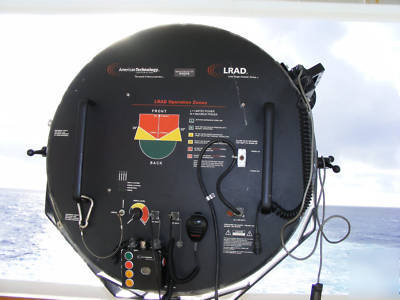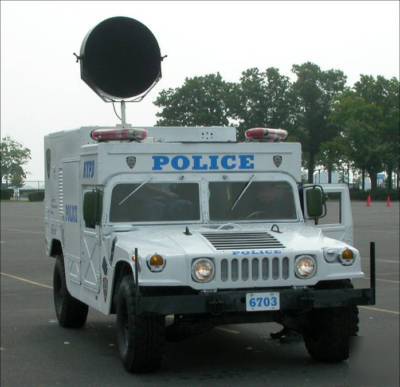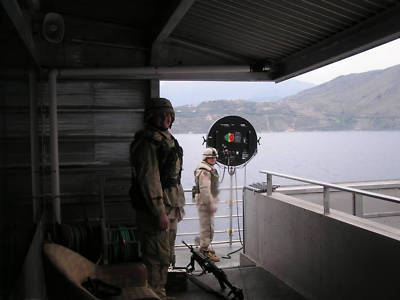Tristate Machinery Dismantlers Forum > MICHIGAN
> Electrical Components
> Used
> With Warranty
> Lrad 1000 (long range acoustic device) demo unit
Lrad 1000 (long range acoustic device) demo unit
The LRAD 1000 uses its directionality and high acoustic output to clearly transmit critical information, instructions, and warnings well beyond 1000 meters. The system can also transmit powerful deterrent tones to influence behavior or determine intent of a threat.
What makes the LRAD product unique is its ability to transmit your message with exceptional voice intelligibility and tonal clarity in a highly directional beam, even with significant ambient noise. The directionality of the LRAD device reduces the risk of exposing nearby personnel or peripheral bystanders to harmful audio levels.
* Reduces the risk of exposing nearby personnel to excessive audio levels
* Clear communication and unmistakable warning at extended ranges
* Increased security coverage
* Increased Operational efficiency
* Increased response capabilities
* In combat since December 2003
* Maritime security since august 2004
* Public Safety since August 2004
LRAD-1000 can be integrated with a variety of accessories for custom security solutions:
* Mp3 Player: comes standard with LRAD-1000 and is used to play pre-recorded messages and warning tones.
* Microphone: is a handheld dynamic microphone designed for communications that require highly intelligible, low noise output.
65 lbs / 29.48 kgs without accessories
33 O.D. x 6 thick (84 cm O.D. x 15.5 cm)
MIL-STD-810F, Method 514.4, Category 20, US Highway
MIL-STD-810F, Method 516.4, Procedure 1 (Functional Shock)
High/Low Temp, Non-Operational
MIL-STD-810F, Method 501.4 & 502.4, Procedure 1
MIL-STD-810F, Method 501.4 & 502.4, Procedure 2
MIL-STD-810F, Method 506.4, Procedure 2
151 dB instantaneous max @ 1 meter
Maximum SPL Regulated Power mode
Normal Power Consumption 240 Watts
Peak Power Consumption 480 Watt
ATEX refers to European Directive 94/9/EC, which covers equipment and protective systems for use in areas endangered by potentially explosive atmospheres created by the presence of flammable gases, vapors, mists or dusts.





